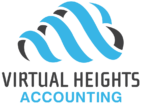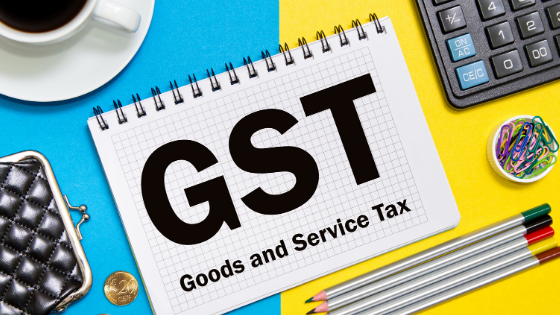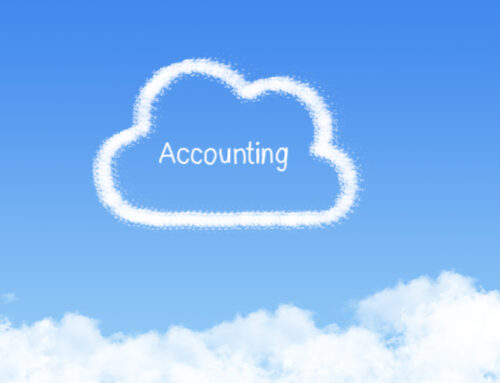When you first start your business, you have no way of knowing the things you don’t know. So it makes it easy to miss things. One thing that is commonly missed (or done incorrectly) by new business owners is sales taxes. Either business owners don’t realize they should be charging sales tax, or they aren’t doing it correctly.
If this is you, don’t worry! There are volumes and volumes of information written by federal and provincial governments about our sales taxes in Canada. They can get extremely complicated, and we recommend you consult with a professional who understands your business and the sales taxes that apply.
Here’s some basic information to get you started.
Sales Taxes in Canada
Whether or not a business charges sales taxes is based on what is called the Place of Supply Rules. This means whether a business charges sales taxes is determined by where the good or service is supplied.
For example, if you have a business in BC and you provide a taxable good or service to someone in another country, you don’t need to charge sales taxes. If you ship a taxable product to Saskatchewan from your business BC, then you would charge the Saskatchewan provincial sales tax (PST) rate.
When you collect sales taxes in Canada, you are acting as an intermediary for the government. The tax you collect on your sales is money that belongs to the government. This means you must pay the tax you’ve collected to the government by the deadline they set.
Both federal and provincial governments allow you to keep some of the tax for the trouble of collecting and remitting the tax on their behalf, but this amount is calculated differently for the GST and the PST.
Goods and Services Tax
As the name suggests, the goods and services tax is charged on most services and some goods. You are exempt from charging GST until your gross sales are over $30,000 annually. Once you hit that mark, you must register to collect GST by the end of the following month. The current rate of GST at the time of writing this article is 5%.
Even if you aren’t making $30,000 annually, there may be other reasons why you want to voluntarily register for the GST. For example, many businesses have a lot of expenses when they are getting started. If you are registered for the GST, and aren’t yet making a profit, you may be eligible for a GST refund on your startup expenses.
In order to charge GST, you need to register to collect it. And once you’re registered, it’s a good idea to include your registration number on all your invoices. When you are registered to collect GST, you’re also eligible to claim an offsetting input tax credit (ITC). This ITC is usually the amount you pay in GST on the expenses required to run your business.
For example, If you have $10,000 of sales you are required to collect $500 in GST on this sale. If you also pay $5,000 in expenses during that time on which you pay $250 of GST, you would owe $250 to the government ($500-$250 = $250).
Whether you voluntarily register for the GST depends on your business and your industry, so be sure and discuss this with your accountant. If you accidentally collect GST before you are registered with the Canada Revenue Agency, you are still required to remit that money to the government, but you are ineligible to claim the associated ITC amount.

Provincial Sales Tax
Provincial sales tax varies by province. Provinces currently affected by provincial sales tax laws include BC, Manitoba, and Saskatchewan. The provincial sales tax rate for BC and Manitoba is 7%. The rate for Saskatchewan is 6%. Alberta, Nunavut, the Yukon, and the Northwest Territories do not have a provincial sales tax program. Quebec has its own provincial sales tax—the Quebec Sales Tax (QST).
Yes, there are some provinces missing here. We’ll get to them in the Harmonized Sales Tax section.
Provincial sales tax mostly applies to goods, but there are some service providers that are also required to charge provincial sales tax. For example in BC lawyers are required to charge PST on their services. Not only does the rate of PST vary by province, but so do the rules regarding who charges PST.
Unlike the GST, PST is charged from the first sale made in your business. This means that if you are required to charge PST, you must register your business before you start selling to customers.
Harmonized Sales Tax
Harmonized sales tax applies in provinces where the GST and the PST are combined into a single value-added sales tax. This simplifies reporting in these provinces by allowing businesses to register for and report one sales tax. Ontario and the Maritime Provinces have an HST program. The sales tax rate in Ontario is 13% and for the Maritime Provinces it’s 15%.
Although we don’t recommend going to Wikipedia for business advice, this article on Canadian sales taxes includes a handy chart to show you which taxes apply to which provinces and at what rate.
Who Pays Sales Taxes?
There are many rules and exceptions when it comes to sales taxes, but it’s important to determine if you are required to charge and collect them on behalf of the government. You can check with the Canada Revenue Agency for more information regarding the GST. To determine if your business is required to collect provincial sales tax, check with your provincial ministry.
Sales taxes can be tricky, and at Virtual Heights Accounting, we understand how to navigate the provincial and federal sales tax legislation. Don’t hesitate to contact us if there’s anything we can help you sort out.





